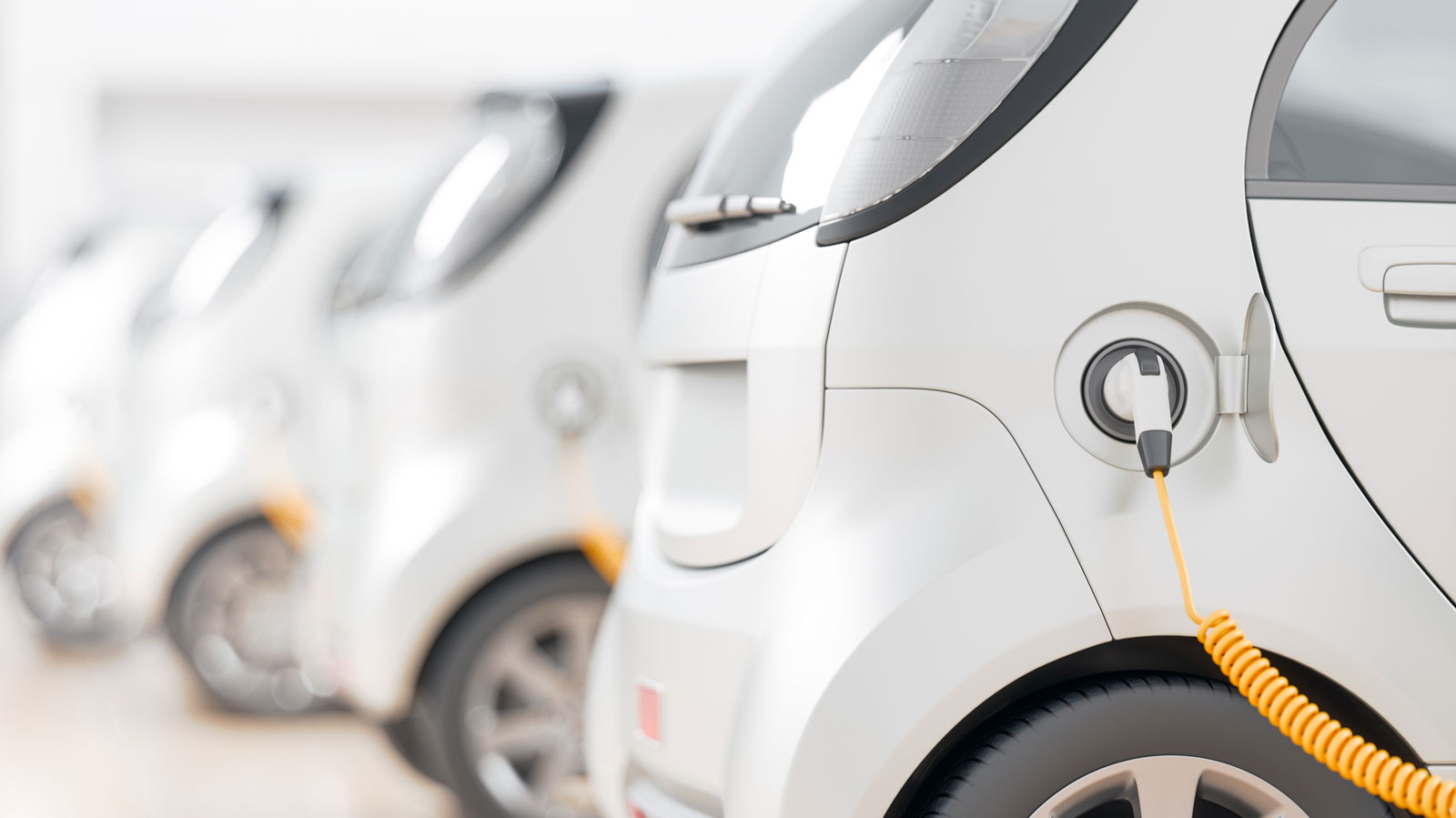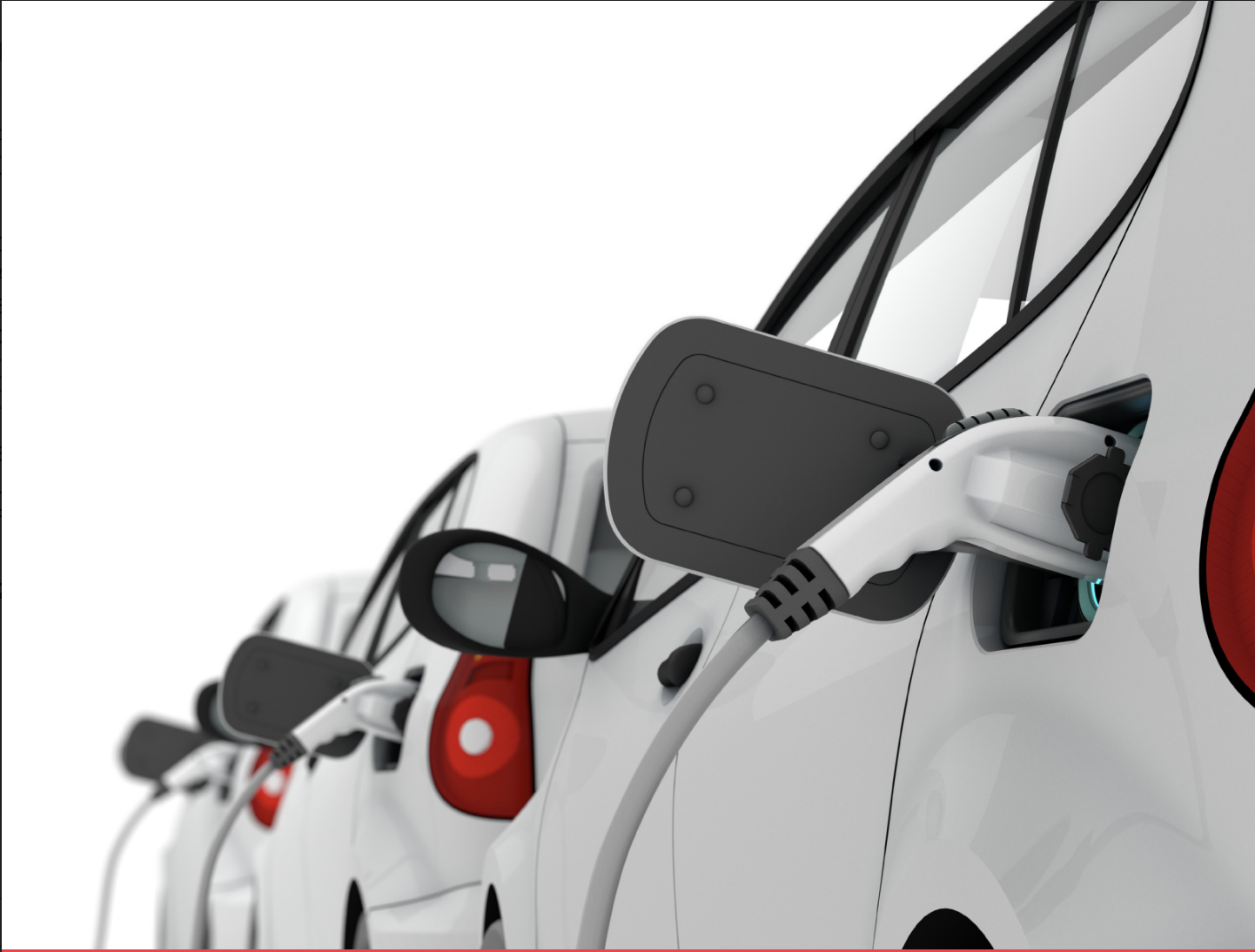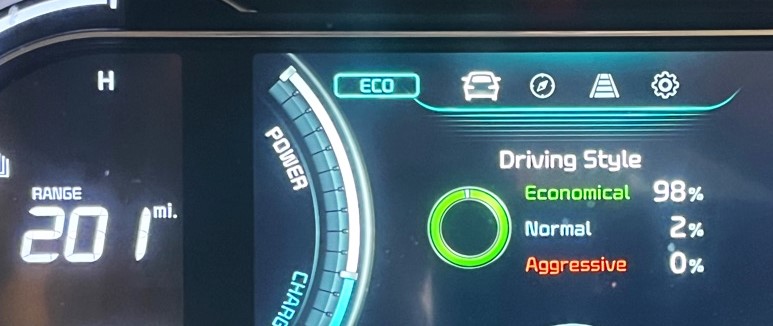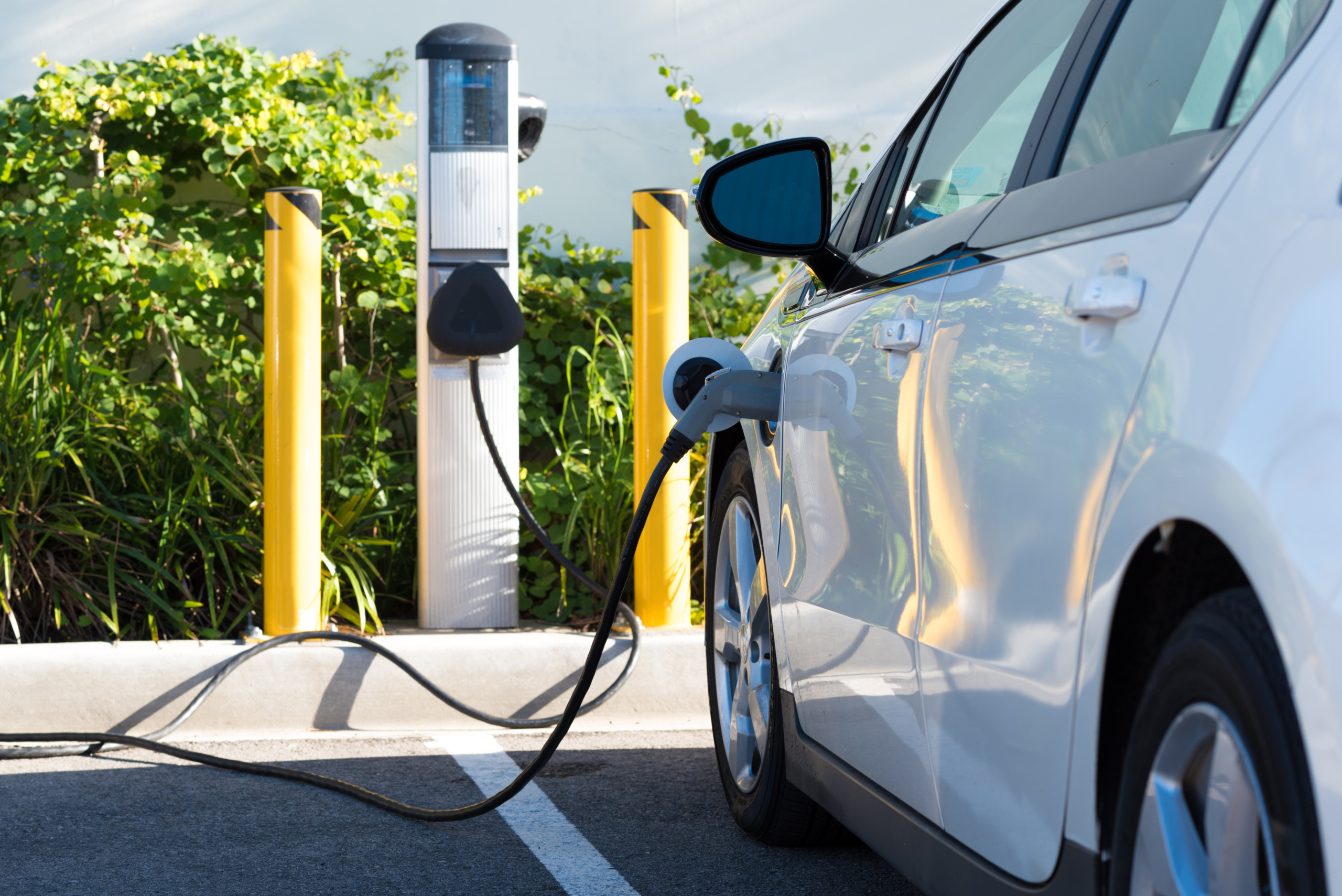
Electric Vehicles Save Money for Government Fleets
Billions of dollars in savings possible for state and local governments
State and local governments around the country could save a total of nearly $11 billion in lifetime expenses by purchasing EVs as opposed to gasoline-powered vehicles for their light-duty fleets over the next 10 years.

From sedans to pickup trucks to vans, state and local governments in the United States own more than 4 million vehicles – nearly all of them powered by gasoline or diesel fuel. Buying, fueling and maintaining these vehicles is expensive.
Electric vehicles (EVs) often cost less to own and operate over time than gasoline-powered vehicles, with operating savings on fuel and maintenance more than compensating for any additional purchase costs. By transitioning to electric fleets as fossil fuel vehicles retire, state and local governments can save significant amounts of money for taxpayers.
Cost savings
State and local governments around the country could save a total of nearly $11 billion in lifetime expenses by purchasing EVs as opposed to gasoline-powered vehicles for their light-duty fleets over the next 10 years.
- State and local governments own approximately 4 million vehicles. Of those vehicles, roughly 900,000 are light-duty vehicles that are expected to be retired over the next 10 years and for which electric options are currently at production scale (sedans, pickups, SUVs and vans).
- The number of electric vehicle models available on the market is increasing every year and those vehicles are increasingly able to travel greater distances between charges and to perform more of the tasks city and state governments require of fleet vehicles. Major auto manufacturers have committed to shifting their new vehicle fleets to EVs over the next decade, and proposed new federal vehicle emission standards would result in most new light-duty vehicle sales being EVs by 2032.
- Replacing retiring fleet vehicles with EVs can provide state and local governments with approximately $10.8 billion in lifetime cost-of-ownership savings, with the biggest savings coming in fuel costs (68% reduction) and maintenance costs (37%). These savings do not include the upfront cost of additional infrastructure needed to support EVs, which can be significant, but represents a long-term investment supporting multiple fleet vehicles over time and, in many cases, expanding charging access for the public.

Electric Fleets for Arizona
Air and health benefits
Transitioning state and local fleets to EVs will also cut air pollution and greenhouse gas emissions.
- Many municipal and state governments have committed to reducing greenhouse gases, such as carbon emissions, from government operations, and many others are in areas where pollution from cars and trucks makes the air unhealthy to breathe. Electrifying state and local fleets can help to address these problems. By replacing retiring light-duty vehicles with EVs rather than gasoline-powered cars over the next decade, state and local governments nationwide could:
- Reduce greenhouse gas emissions by nearly 26 million tons (carbon dioxide equivalent), a 63% reduction compared with a scenario in which retiring fleet vehicles are replaced with gasoline-powered vehicles.
- Reduce emissions of volatile organic compounds (VOCs) and nitrogen oxides (NOX), which combine to form ground-level ozone, otherwise known as smog, as well as fine particle pollution (PM2.5). Including the emissions produced by power plants that generate the electricity used in EVs, a shift to electric fleet vehicles would result in a 92% reduction in VOC emissions compared with the emissions produced by gasoline-powered vehicles; a 23% reduction in NOX emissions; and an 11% reduction in PM2.5 emissions.
- Achieve even greater air pollution reductions in future years as the electricity grid transitions away from dirty, polluting forms of energy such as coal and toward cleaner forms of energy such as solar and wind power.
Recommendations
State and local governments should commit to electrify their vehicle fleets by replacing retiring fleet vehicles with EVs wherever and whenever feasible. To get the greatest benefit from fleet electrification, state and local governments should:
- Make bold commitments and stick to them, setting a clear direction for the future and enabling governments to benefit financially from economies of scale in the purchase of vehicles and in the installation and use of EV charging infrastructure.
- Develop fleet electrification plans that identify those vehicles that are the best candidates for electrification (including those vehicles that are driven the most, creating the greatest potential for fuel and maintenance cost savings); determine how best to deploy EV infrastructure; and ensure that electric vehicles are fully utilized and able to perform the tasks required of them by government agencies.
- Cooperate with other state and local governments that are embarking on electrification of their fleets to share information and resources, and to pool buying power to negotiate discounts on vehicles and infrastructure.
- Take full advantage of state, federal and utility incentives. Governments and, in many cases, electric utilities offer incentives – from rebates to EV-specific electric rates to technical assistance – to help governments electrify their fleets.
Topics
Authors
Tony Dutzik
Associate Director and Senior Policy Analyst, Frontier Group
Tony Dutzik is associate director and senior policy analyst with Frontier Group. His research and ideas on climate, energy and transportation policy have helped shape public policy debates across the U.S., and have earned coverage in media outlets from the New York Times to National Public Radio. A former journalist, Tony lives and works in Boston.
Diane Brown
Executive Director, Arizona PIRG Education Fund
Diane E. Brown has worked with the State PIRGs for over 35 years, over half serving as the Executive Director of Arizona PIRG. She is a leader in efforts to protect consumers from unfair marketplace abuses and unsafe products; promote 21st century energy and transportation options; and foster an accessible and accountable government. Diane frequently works with diverse entities; advocates and testifies before elected and governmental officials; and appears on television and radio and in newspapers across the state. Diane’s leadership has helped to secure public interest victories at the Arizona Legislature, the Arizona Corporation Commission, and various state agencies. Diane is a recipient of awards from the Arizona Capitol Times, Phoenix Business Journal, League of Women Voters of Arizona, and Arizona League of Conservation Voters.
Find Out More

Electric vehicles are good. We can make them better.

Green schools guide

How federal tax credits can help you get an electric vehicle

